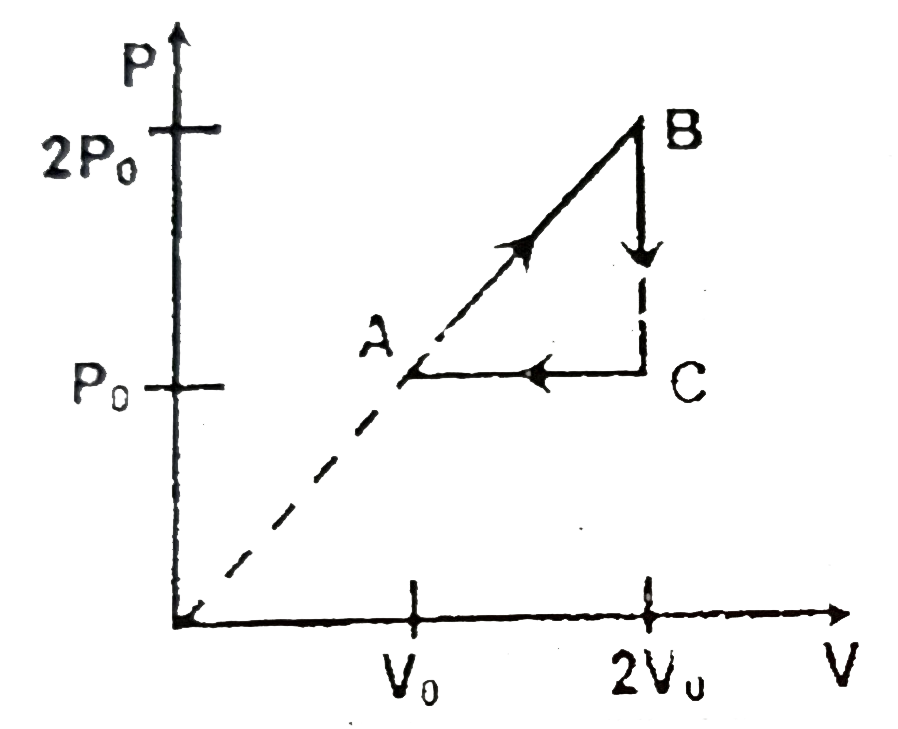Which of the followng process is/are correct?
A
KHCO3 (solution) AgNO3−−−→ Solution heat−−→ White ppt.
B
KHCO3 (solution) AgNO3−−−→ Solution excessNH3−−−−−→solution White ppt.
C
KHCO3 (solution) BaCI2−−−→ Solution boil−−→ White ppt.
D
KHCO3 (solution) AgNO3−−−→ Solution HgCI2−−−→ Reddish brown ppt.
Video Solution
Text Solution
The correct Answer is:C, D
(a) Ag2O↓ (Brown)
(b) Ag(NH3)+2 (Soluble)
(c) BaCO3 (White)
(d) 3HgO.HgCO3↓ (Reddish brown ppt.)
|
Topper's Solved these Questions
- SALT ANALYSISBOOK - GRB PUBLICATIONCHAPTER - SALT ANALYSISEXERCISE - Comprehension 1
1 Videos
- SALT ANALYSISBOOK - GRB PUBLICATIONCHAPTER - SALT ANALYSISEXERCISE - Comprehension
104 Videos
- SALT ANALYSISBOOK - GRB PUBLICATIONCHAPTER - SALT ANALYSISEXERCISE - Reasoning Type
49 Videos
- S BLOCK ELEMENTSBOOK - GRB PUBLICATIONCHAPTER - S BLOCK ELEMENTSEXERCISE - SUBJECTIVE TYPE
9 Videos
- THERMODYNAMICSBOOK - GRB PUBLICATIONCHAPTER - THERMODYNAMICSEXERCISE - All Questions
704 Videos
Similar Questions
Knowledge Check
Which of the following expression is/are correct for a adiabatic process?
AT2T1=(V1V2)γ−1BP2P1=(T1T2)γ−1/γCP2Vγ2=P1Vγ1DP1Vγ−11=P2Vγ−12.For an adiabatic process, which of the following relations is correct?
AΔU=0BPΔV=0Cq=0Dq=+wWhich of the followng statement are correct?
AAll substances have magnetic propertiesBThere are substances in which all electron spins are pairedCThere are substances in which one or more electrons have unpaired spinsDThe greater the number of unpaired electrons, the greater the paramagnetism per mole of substance
In the process shown below, which of the following option is correct ?

View SolutionWhich of the following oxides is/are amphoteric ?
View SolutionWhich of the following is (are) correct an adiabatic process?
View SolutionWhich of the following statements is correct for the process of burning of a candle?
View SolutionWhich of the following equations is correct for isochoric process according to first law of themodynamics ?
View Solution
